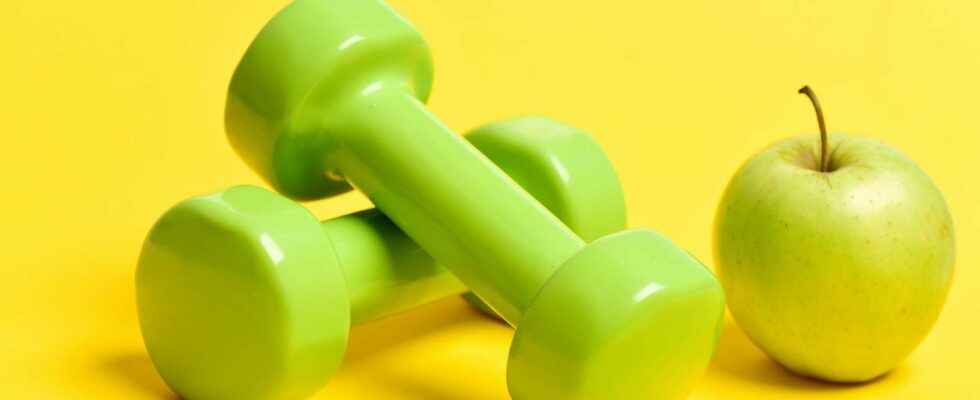Running, football, fitness, cycling, basketball or mini-golf, which sports consume the most energy? Our interactive table gives you the average caloric expenditure of 48 sports according to their intensity and duration.
You will also be interested
The sport increases energy consumption through muscular work, increased heart rate and ventilation. Many criteria are taken into account to calculate this calorie expenditure: the type of sport, its intensity, the weight, the sex and the physiological characteristics of the individual. A person of 60 kg will thus burn 420 calories per hour running at 8 km/h against 560 calories for an 80 kg person. The data used for this classification is therefore an average for a 68 kg individual. Likewise, a player soccer will expend 918 calories for a 90-minute competitive match, compared to 612 for a cooler “recreational” match.
The fast running is the best way to spend a maximum of calories: by running for 15 minutes at 15 km/h, you burn 238 calories, the equivalent of a small croissant. At level team sports, it’s handball that lets off steam the most, (748 calories per hour of play) with its repeated sprints, jumps and powerful shots. Not bad too, rugby and football with 612 calories per hour. Boxing, climbing, swimming and judo are also very intensive. If you are looking for a cooler activity, Conversely opt for archery, bowling, baseball or mini-golf, which represent an energy expenditure of less than 200 calories per hour.
Did you know that even after your workout, you continue to burn calories? This is called the Afterburn effect. During recovery in the 24 to 48 hours following training, the muscles require a lot ofenergy to restore the level of reserve but also to “reconstitute” itself following an intense effort. This natural and almost imperceptible activity, because the heartbeat resumes its usual rhythm at rest, increases calorie expenditure. To optimize this energy consumptionfavor high-intensity activities.
Sport: good for health, not necessarily for losing weight
Warning: sports does not necessarily mean weight loss, because it also opens the appetite. Moreover, the activity physical represents on average only 20% of the total energy expenditure. But it’s a great way to maintain physical fitness, to fight against diabetes, cardiovascular diseases and even depression. Don’t forget to stay well hydrated during your workouts, especially in summer or in overheated gyms.
In addition, on the scale you may find that your weight… stagnates. And this, even if you see that your silhouette is gradually remodeling. It is a completely natural phenomenon from the moment you gain mass muscular. It’s all about volume : fat cells are larger than muscles (as for them denser and containing about 75% water). Thus, you will notice physical changes but not on the number displayed on the scale. Do not be discouraged, this means that your sports sessions are effective. If you want to know in more detail the proportion of masses (bone, water, fat and muscle) in your body, we advise you to use an impedance scale.
Interested in what you just read?
Subscribe to the newsletter Health question of the week : our answer to a question you ask yourself (more or less secretly). All our newsletters
